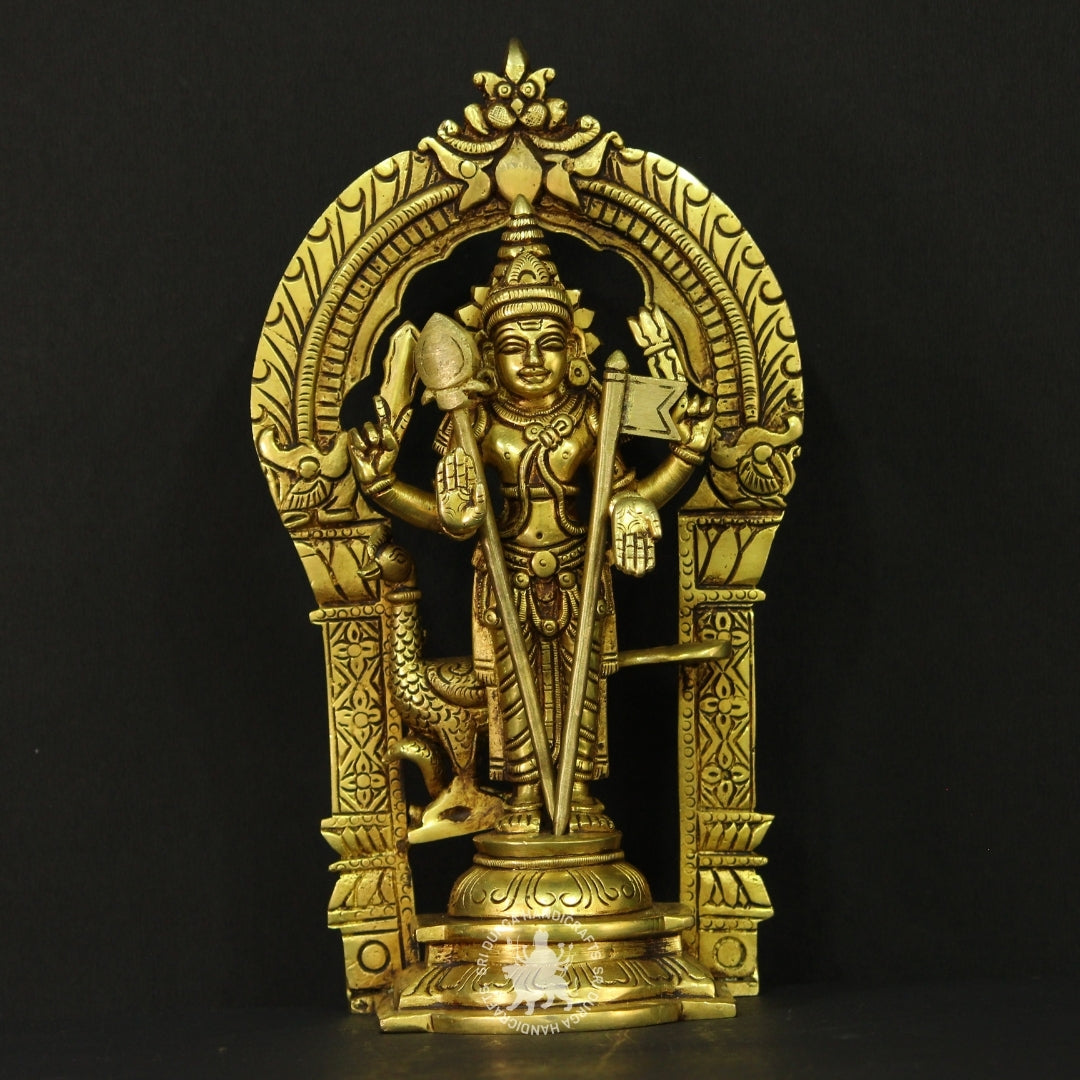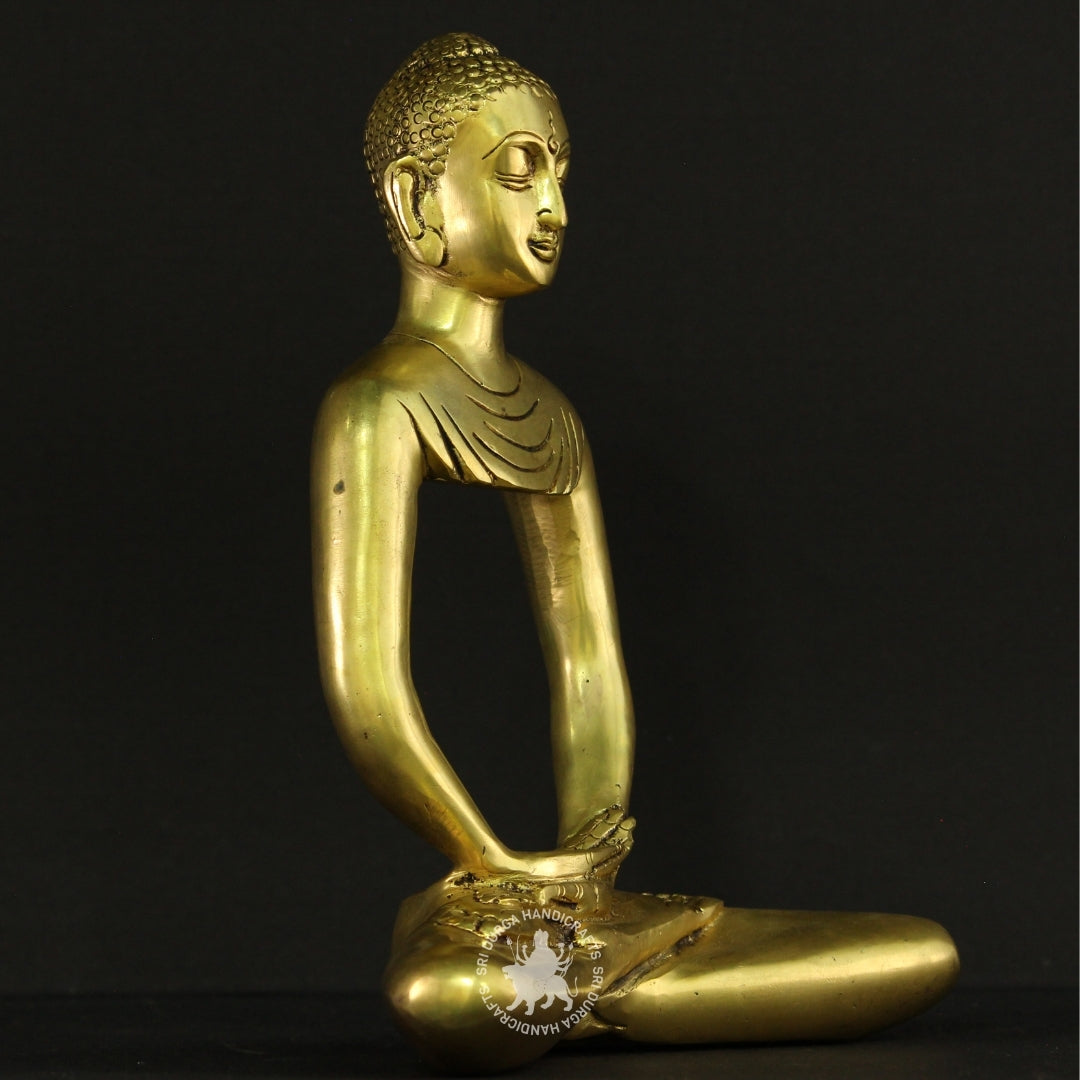When we think of prayer rituals in India, one image immediately comes to mind: the shining puja thali set with lighted diyas, flowers, and incense, radiating calmness. The thali may look like a simple plate, but it carries deep symbolism, practicality, and artistry that connect daily worship with centuries of tradition.
1. What is a Puja Thali?
A puja thali is a plate or tray used to hold all the essential elements required for worship: light, fragrance, colour, and offerings. It usually contains diyas (lamps), flowers, kumkum (vermilion), rice, incense sticks, and sweets. Every object on the thali represents a particular offering to the divine: light for wisdom, fragrance for purity, and food for gratitude.
2. Materials and Design
According to traditional sources, a puja thali can be made of brass, silver, steel, or gold, and may be round or oval.
Brass thalis are among the most common, valued for their durability and auspicious association with sacred rituals. Silver and gold thalis are used on special occasions or in temples, symbolising prosperity and devotion. Some thalis are even engraved with lotus, conch, or swastika motifs, each design element adding meaning and artistry.
3. Cultural and Ritual Significance
In Hindu worship, presentation matters. The thali serves as a sacred platform that organises and purifies the ritual items. During festivals like Diwali, Pongal, Navratri, or Raksha Bandhan, special thalis are prepared, sometimes containing multiple diyas or symbolic items like rakhi threads, betel leaves, or coins.
The act of decorating the thali before a ritual reflects not just devotion but creativity; it transforms worship into a personal art form.
4. Regional Variations
Different parts of India bring their own touch to the puja thali:
-
North India: Silver or steel thalis decorated with mirrors or beads.
-
South India: Heavy brass thalis or plates with engraved floral borders.
-
East India: Simpler versions made of bell metal, with more emphasis on ritual purity.
Each regional design mirrors the local metal-craft traditions and religious influences.
5. Symbolism Behind Each Item
-
Diya (lamp): Represents light and wisdom.
-
Kumkum and turmeric: Signify energy and purity.
-
Rice grains: Offered as a symbol of prosperity.
-
Flowers: Embody devotion and the beauty of giving.
-
Incense: Purifies the environment and mind.
Together, these turn the thali into a microcosm of the spiritual world, each item an element of prayer.
6. The Craftsmanship Behind the Thali
Many puja thalis are handmade by traditional artisans who have carried their craft for generations. The polishing, engraving, and shaping are all done manually, keeping alive the centuries-old techniques of Indian metalwork.
For example, artisans from Tamil Nadu and Rajasthan are known for intricate floral embossing, while those from Odisha favour simpler, matte-finished brass designs.
7. How to Maintain Your Puja Thali
Caring for your puja thali is part of respecting the ritual itself:
-
Clean with mild natural cleansers like tamarind or lemon to retain shine.
-
Keep it dry after every use to prevent tarnish.
-
Store it wrapped in a soft cloth when not in use.
This helps preserve both its material and spiritual glow.
8. The Evolving Role of the Puja Thali
In modern homes, the puja thali has also become a design element, part of festive décor or symbolic gifting. People may choose antique-style brass thalis, minimalist silver trays, or themed festival thalis. What remains constant is the sense of reverence attached to this simple object; it’s both sacred and beautiful.
Reflection
Lighting a diya or offering flowers on a puja thali is an act of grounding. It connects us to a rhythm older than memory, a tradition that blends ritual, craftsmanship, and the human need for connection with the divine.
So the next time you prepare your puja thali, take a moment to notice the artistry, the material, the arrangement, and the peace that quietly comes from such mindful practice.
















